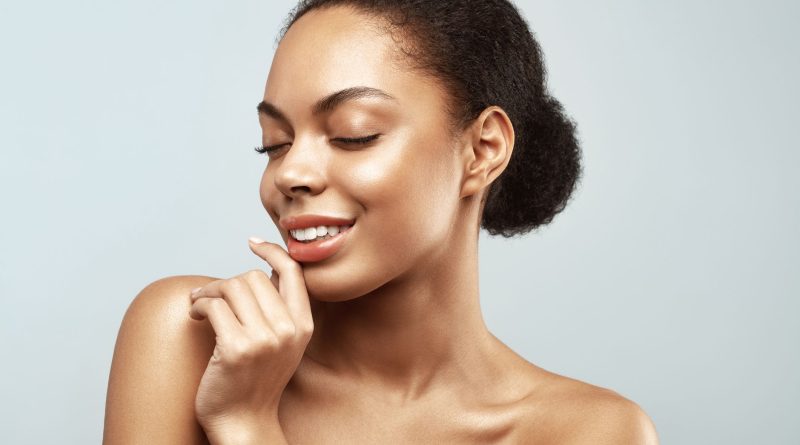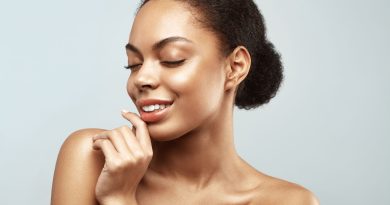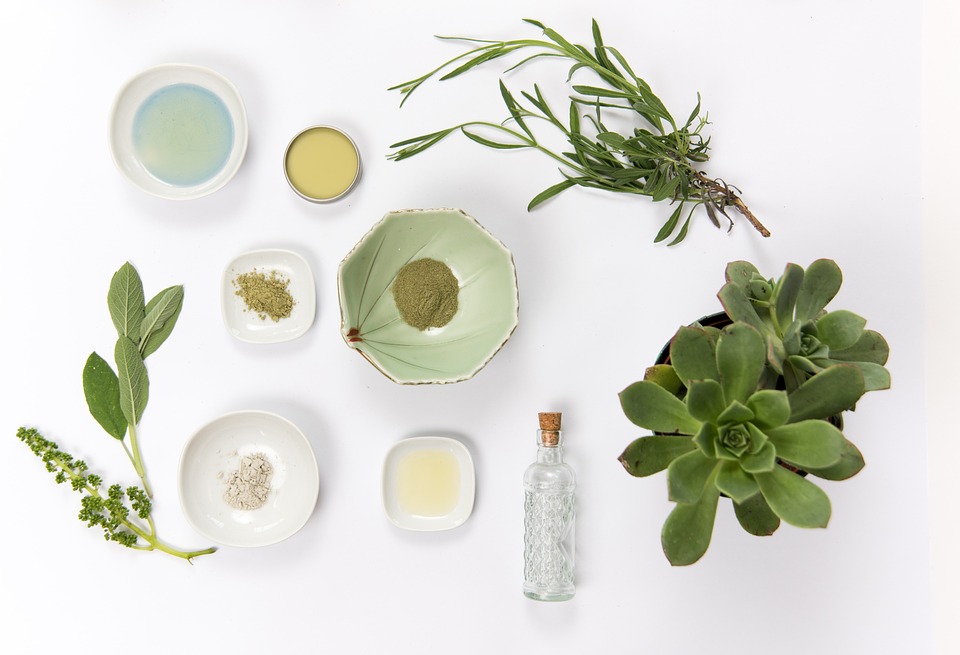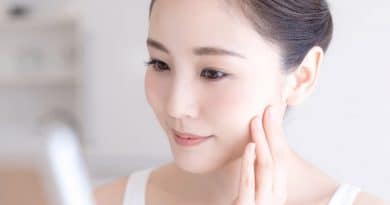History of Skincare Part 14: The Baroque Era, 1600-1699
The Reign of Ornamentation
In many ways, the seventeenth century began where the sixteenth century left off. Taking their example from royalty such as Queen Elizabeth of England and the Queen of Spain, also named Elizabeth, women wore elaborately-constructed gowns that featured structured neck ruffs, form-fitting bodices, and stiff, wide skirts.
The seventeenth century was a time of change and a time of extremes, however, and both clothing and cosmetics began to take on a greater role as indicators not only of social class but of religion and nationality as well. Because skincare practices were intrinsically tied to cosmetics, they varied as greatly as all other aspects of fashion.
Despite the increasing variety of styles, the Baroque period was predominantly a time of ornamentation. Baroque artists and trendsetters took an architectural approach to everything from music to sculpture to painting to fashion. Emphasis was put on the fine details. Music featured elaborate trills.
Buildings and churches were decorated with twisted spires, decorated domes, and exquisite carvings. Fashion attempted to mimic this ornamentation with complexly-patterned fabrics and structured garments. Women continued to powder their faces with thick, white lead and to paint their lips with vermilion.
Extremes and Contradictions
The Baroque Era saw many extremes in skincare, fashion, and philosophy. The Puritans, a strict religious group who rejected what they saw as ungodly excess, designed their simple clothing to act as an alternative to contemporary fashion. Puritan women were expected to cover their bodies and hide their natural shape.
They chastely covered their hair and did not wear any of the powders or colorings worn by fashionable women of the day. Like their dress, their skincare regimes were simple and practical. Because they did not cake their faces in powder, water was often enough to remove the dirt, oil, and impurities from their skin.
While the Puritans may have set British styles throughout much of the century, other European countries were far less conservative in their approach to fashion and cosmetics. When Louis XIV took the French throne in 1661, he ushered in an age of excess in Western Europe. The French court was known for its elaborate banquets and its even more elaborate styles.
While blond hair had long been fashionable, both women and men began to desire increasingly pale hair. What started as a light dusting of hair powder soon became thicker and eventually opened the door to elaborate white wigs. Face makeup became increasingly elaborate as well. Women began to paste black beauty marks on their faces. While these were at first intended to cover up blemishes, they soon became works of art in themselves.
Beauty marks were made in decorative shapes such as flowers, stars, moons, and ships, and many women wore several beauty marks at a time. (You can read more about Baroque fashion here: http://www.ehow.co.uk/info_8537616_baroque-clothing-styles.html )
Baroque Invention
The Baroque period saw several inventions that influenced fashion, hygiene, and skincare. The printing press had been refined during the Italian Renaissance and Baroque Europe took advantage of the improvement in technology. Fashion magazines were distributed across the continent and even as far away as the Americas. Much like today’s fashion glossies, these magazines showed pictures of the latest European styles and talked about trends in cosmetics and skincare.
Several of these trends included newly developed hygiene and skin care products. While perfumes and colognes had been popular for several decades, perfumed soaps were new to the market. These new scented soaps were all the rage across Europe and provided women with a trendy new way to clean the powder from their faces. The late seventeenth century also saw the introduction of toothbrushes.
Based on a Chinese design, these brushes gave men and women a new tool for cleanliness and a new way to improve their overall appearance. (You can read more about Baroque soaps and toothbrushes here: http://www.localhistories.org/cosmetics.html )
While the European Baroque attitude toward style and skincare was similar to that of Elizabethan England, it was setting itself up to fail. The Enlightenment of the 18th Century would carry the French court to new heights of excess, but the French Revolution would destroy it, leaving many people to take their cues from the staid, simplistic style of the Puritans.




